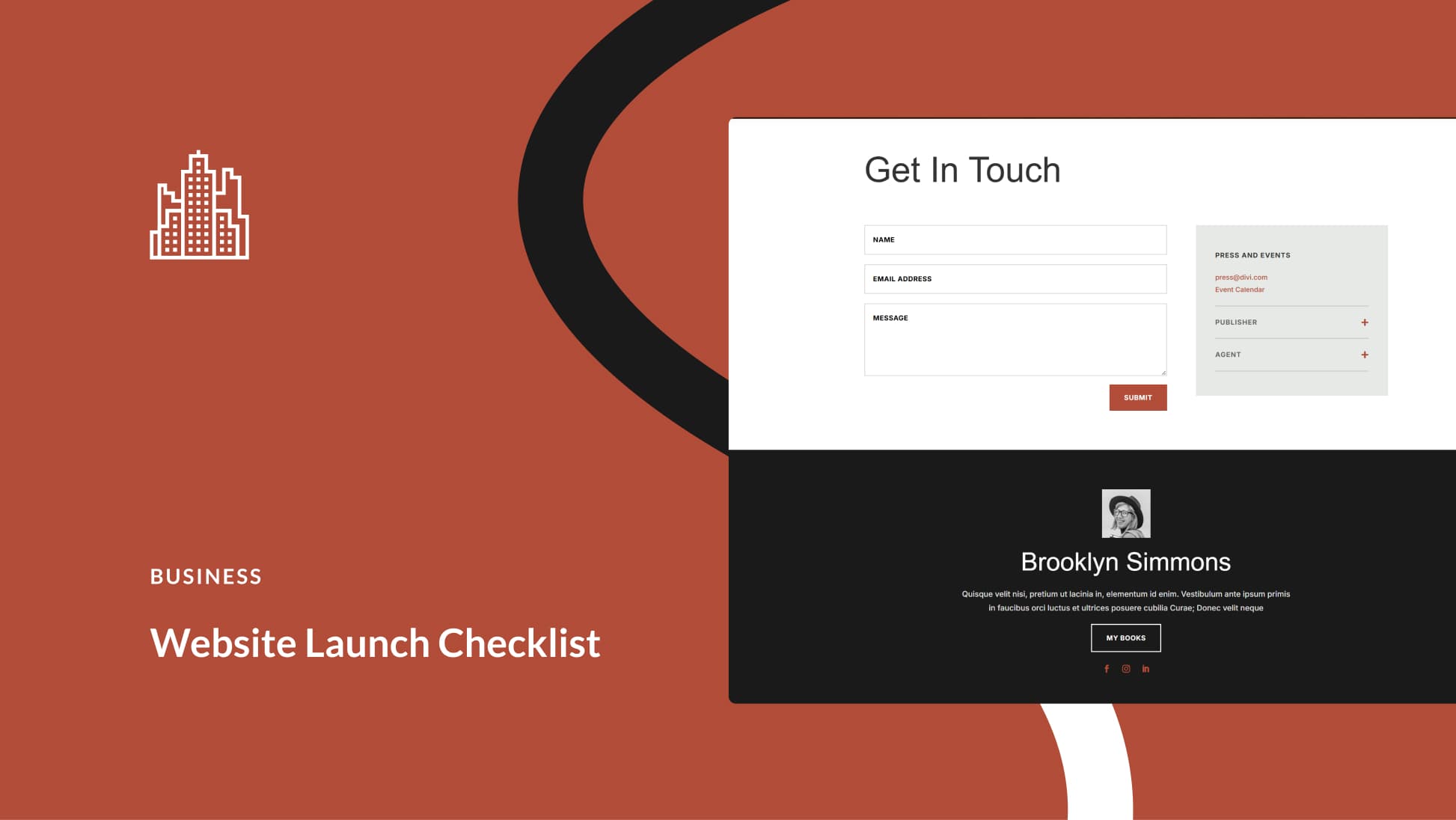Effective employee training programs directly correlate to the success of any business. Preparing employees to do their job accurately, efficiently, and safely makes a huge difference to employees and the bottom line. Volumes have been written on how to design training programs! There is so much to talk about on this topic. So to keep things focused, in this article we’ll define what training really is, explore training’s impact on business, and what methods and tools you can use to get the most out of your training plan.
What is Employee Training?
Before we get into the nuts and bolts of building an effective employee training program, it’s important to understand the difference between on-boarding, training, and development.
- Onboarding ensures that new hires know their role, what contributions are expected of them as a team member, and how to fit into the company culture. On-boarding programs are usually time-bound and end once an employee is performing to expectations
- Training programs prepare employees to perform specific job tasks with the goal of meeting a certain standard. Training is more about making progress in the short term. However, employee training should be an ongoing process where employees continuously learn new skills to help them develop or to maintain proficiency in what they already know.
- Development programs go deeper with a focus on personal and professional growth. Development is about helping your employee think ahead to and prepare for their long-term goals.
- All three concepts are related and build on one another, though technically not the same.
Here are some examples of each concept to illustrate the difference:
- Onboarding can include explaining your ethics, values, processes, management, and communication style as part of your company culture.
- Training would involve teaching your employee how to navigate your CRM, how to use billing software, or, simply, how to use your phone system.
- Development might involve assigning your employee to a mentoring program or providing a reading list of recommended books for leisure reading related to their field.
Benefits of Effective Employee Training
It can be difficult to convince adult workers to attend training classes. Many may have a negative impression of early education in a bland classroom lead by a teacher who droned on with little to no interaction with the class. Along with that, it may be difficult to convince leadership team members that training programs are worth the time and money they require. As you are designing your employee training program, keep these benefits in mind to motivate learners and highlight their positive impact on the business.
Engagement
When employees know you’ll invest in them, you’ll experience less employee turnover. Money isn’t the primary motivator for most workers, it’s knowing that their value is recognized. Providing continuous employee training shows that you are willing to support them in their role cognitively and emotionally. This leads to increased loyalty, engagement and willingness to put full effort into their job.
Productivity
In business, productivity is directly related to profitability. As this article points out, when a new employee comes on board, they aren’t fully productive, but you’re paying them as if they already are. The faster they can meet or beat productivity standards, the faster you will see a return on your investment.
Efficiency
Train employees to do their job with an efficiency mindset, and they’ll continuously find ways to save time and money on the job. When fully engaged and empowered to do their best, employees actively look for ways to provide the best customer service and avoid errors. They are compelled to do the job right the first time.
Safety
If you train employees to perform tasks safely, you increase everyone’s awareness of safety measures. Having this awareness increases the likelihood that employees will report safety issues before someone actually gets hurt, avoiding litigation due to workplace injury. It follows then that you’ll make your workplace safer over-all, spend less money on worker’s compensation claims and avoid lost work time from injury or illness.
Get The Most Out Of Your Training Program
To get the most benefit out of your training program you must invest time in planning and aligning it with your business goals. Consider the following elements in your planning phase:
Make It Measurable
Determine how to quantify the impact your training will have on the business. The impact must be measurable and not subjective. Be specific and attach a number to it, i.e. “reduce errors in billing processing by 5% in the next 3 months.” You’ll get easier buy in from executives if you can tie training impact to the bottom line. Learners will be more cooperative if you can show how training can impact their productivity metrics. If you are designing the program, you’ll be able to showcase your ability to drive performance through curriculum design.
Find the Gaps
To meet your defined goal, you need to identify where the learning gaps lie so you can fill them appropriately. An effective approach to this is a training needs analysis.
This process has several components, the most important being identifying the knowledge, skills, and abilities employees need to achieve the objective of the training program. You must talk to employees and their managers to figure out what they do and don’t know. Then, you need to evaluate your current resources and tools to determine if they are adequate. If these tools are out-of-date or not aligned with your objectives, you must build in time to source new ones. Addressing these components will ensure the training meets your business needs.
Find Your Tack and Tools
Once you know what you need to training, you need to determine how to train it. Your tack, or course of action, can inform your choice of tools, and vice versa. Choosing wisely is key to making your training efficient and impactful.
Tack
The types of training programs available are too numerous to list here. However, some of the most effective programs layer different approaches to keep the training interesting and flexible for any type of learner. These are the most prevalent approaches:
- Instructor Led training (ILT) is the most traditional way of learning. In this approach, an instructor facilitates the discussion of a topic with an individual or a group. ILT can be conducted in a physical classroom or held virtually. The main benefit of this approach is that it gives learners real-time access to the teacher for feedback and discussion.
- On-line learning (or virtual learning) usually refers to training done via computer, with modules and materials made available so that learners can learn on their own schedule. This approach offers maximum flexibility for learners.
- Experiential or hands-on learning is beneficial because it allows learners to actually perform a task. The combination of auditory learning and muscle memory in “doing the thing” has been proven to be more effective in learning retention.
- Simulation/ Role Play allows learners to practice skills using job tools in a modeled real-life scenario. This usually involves interacting with some kind of technology to simulate a scenario or test skills at different levels. Gamification has developed out of this concept to become a wildly varied component of the training industry.
Tools
So how do you choose which approach is best? Your choice will depend largely on four main factors:
- who needs to be trained
- what they need to learn
- how fast they need to learn, and
- where our learners are located
Answering those key questions can help you narrow down the approach you need to achieve your objective. From there, you can decide what tools are best to use. If instructor-led training is required, you’ll need to source training locations and schedule your facilitator and employees to attend. For other approaches, in some cases, a quick PDF or video demo of the lesson will get the job done. For more complex, layered training, investing in a Learning Management System plugin (LMS) can help you organize, distribute and track learners’ progression through the course.
You may also want to get better at assessing talent before they land in your company. By using a job board plugin, you can add a job board to your site that can better assess applicants and determine what extent of training they’ll need once they are onboarded.
Evaluate and Iterate
To understand if your training program has achieved its goal, you must evaluate your results. From the learners’ side, provide an evaluation form at the end of the training program to get immediate feedback on the program itself. This first evaluation can tell you if the program was engaging and relevant to their job. Then, issue a second evaluation form after they have a chance to apply what they learned on the job. This second evaluation will tell you if the training actually has an impact on their actual work and filled the gaps you identified in your needs analysis. Just as important, in the interim period between the training end and the second evaluation, you must also track the data you need to measure the impact your training has on the business. This data is key to proving whether or not your training worked as intended.
From the evaluation results and data, determine how to move forward. Keep the parts that worked, and refine those that didn’t. Chances are you won’t have to start over from scratch, but just iterate on it until it’s as focused and effective as you need it to be.
Clearly, there is an abundance of information available on this topic. Trying to take it all in at once can be a bit overwhelming. Start with clearly defining the training need and how you will measure your training program’s ability to address it. Once those are identified, the who, what, how, and where materialize fairly quickly.
What’s your approach to designing employee training? Does the information here resonate with your experience? Tell us in the comments!
Featured Image via Irina Strelnikova / shutterstock.com









Leave A Reply